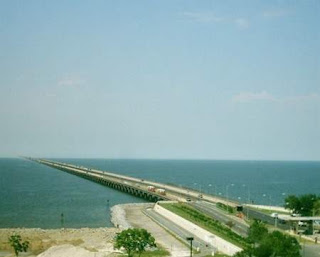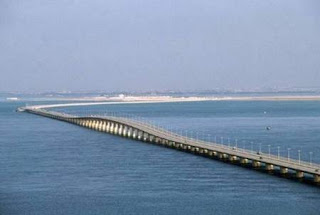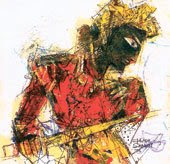Indian theatre has roughly been classified into three prominent stages of development - the classical period, the traditional period, and the modern period. These stages have determined the events and developments, which have given shape to the face of the Indian theatre that is prevalent today.
Classical periodThis period witnessed the concentration of drama around the act of writing of plays, and the techniques of presenting stage acts or plays. It was also during this period that Indian theatre saw the creation of masterpieces by playwrights such as Kalidasa, Patanjali, Bhasa, and Sudraka, who have contributed immensely to the glory of Sanskrit drama. The playwrights created their plots, mostly based on stories they garnered from epics, folklore, history, legends, etc. This made the plays easily comprehensible to the audiences who attended the shows to see the creative presentation of the stories that they were already familiar with. The actors were therefore required to be skilled enough in the art form to enthrall the audiences with such plays.
Traditional periodDrama during the traditional period was mostly based on the traditional or oral method of representation. Folklore that had been passed on through generations was the epicenter of theatrical conventions, as diversification in linguistic order proved to be a hindrance for writing of plays. It was during this period that drama developed at various places in India in various languages. People started improvising dramatic art with their own rendition of traditional presentations. The mediums of dramatic presentation, such as songs, dances, narrations, etc, remained the same as in the classical period, thus leading to the unfolding of popular traditional acts like Ramlila, Rasleela, Nautankis, and so on.
Modern periodThe modern period saw the intermingling of the Indian theatre with the Western theatre during the British rule, and the development of a form of theatre that was based on a realistic or naturalistic presentation. The modern theatre started concentrating more on practical issues, thereby portraying the more naturalistic elements of life.
Theatre in India went through a sea change in collaboration with various improvisations and developments spanning the three periods, and gradually gave way to the evolution of the contemporary theatre of the present times. Various national societies and academies have now come to the fore to promote theatre in India, which can now boast of world-renowned artistes who have been honored with numerous awards and respects in the international circuit.








